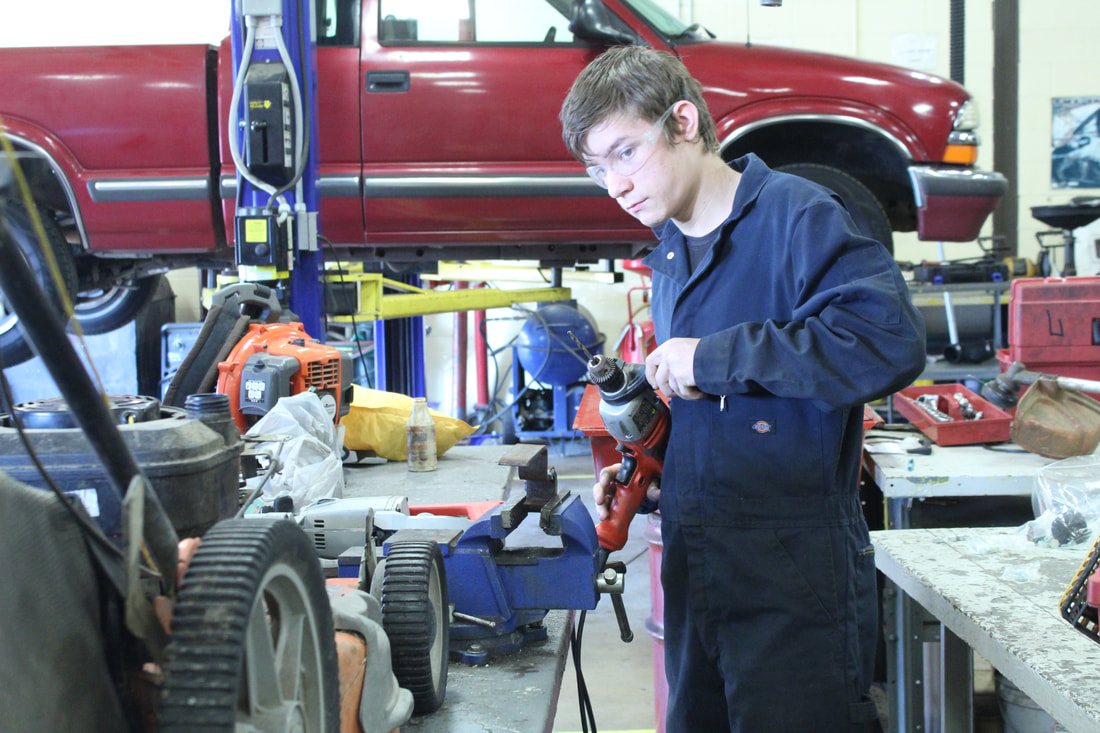
Here's the answer to your question about tire rotation time. Tire rotation is a safety precaution that prevents uneven wear and promotes a smooth ride. It's also an excellent way to have your car's oils changed. Here's what you need to know. You should see a mechanic about every 3,000 to 4,000 miles, depending on how old your car is. A tire rotation can take more than an hour depending on your car so be sure to schedule it in advance.
It's a vital safety check
Performing tire rotation is essential to maintain the safety of your car. About 11,000 car crashes in America are caused by tires. Nearly 200 people die each year from tire failures. The safety of your vehicle's operation is ensured by tire rotation. This involves balancing all four wheels. As they are exposed to different stresses, it is vital that all four tires be rotated regularly.

It extends the life of your tires
Tire rotation is one of the best ways to increase your vehicle's longevity. Tire rotation is a way to rotate your car's wheels front to rear or front to back. It can save you money on tire replacements and extend the life of your tires. It also helps you avoid uneven wear and tear on your tires and prolong their life. Tire rotation is a must for safety. If it is not done on a regular basis, your tires may be wearing unevenly.
It prevents uneven wear
Rotating your tires is important for two reasons: The front tires wear faster than the rear tires. You will notice uneven tire tread wear if one side of your tire is wearing down faster than the other. You should replace the tire tread if it is worn down on both sides. Woody's Automotive offers both rotation and tire replacement services to ensure your car runs smoothly.
It ensures a smooth ride
Rotating your tires regularly is a must if you want to maintain the optimal performance of your car tires. Rotating your tires regularly will prolong their life and help you avoid having to replace them too soon. Evenly worn tires will give you a more comfortable ride. Here are some of the reasons why rotating your tires is so important.

It is possible to do it at your home.
Tire rotation is an important part in vehicle maintenance. Rotating your tires improves traction and prolongs the life of them. To do this, simply engage your parking brake and raise one wheel off the ground. Then, loosen the lug nuts on the other side of the wheel. Now, you can move the elevated tire around your vehicle. Make sure you engage your parking brake before moving the elevated tire around.
FAQ
How do I fix my car for a hobby?
Take up a hobby in car repair if you have an interest. You could learn how to repair them, buy parts for them, sell them or just enjoy them. It would make a great pastime if you're looking for something different to do.
However, it's not easy to turn this into a full-time career. This requires dedication and hard work. It requires a lot investment.
You might not have a compelling reason to get involved in the car industry.
Is it worthwhile to become a mechanic?
This question is dependent on your life goals. If you are looking to make money, then yes. But if meaning and purpose is what you seek, then no.
If you don’t have any mechanical skills, it’s pointless to get into it. It will just waste your time. It won't make you wealthy. It's unlikely that you will be famous. It's unlikely that it will change your life.
This would require you to spend many years learning how to properly do everything. You would still need to hire someone to fix your car if it breaks down. Most people avoid doing this. They find something better to do instead.
Summarising, if your goal is to make lots of money, go for it. The mechanic's profession is not the right place for you if it means that you will live a fulfilled life.
What's the difference between a mechanic and an automotive technician?
Although they may be similar, they are not identical. An automotive technician maintains cars, while a mechanic repairs them.
A mechanic must be skilled in manual dexterity and able to complete simple tasks quickly. A mechanic must be able diagnose and fix problems quickly and accurately.
An automotive technician is required to have more technical knowledge than a mechanic. They must be capable of reading blueprints and using tools such as drills, wrenches, etc.
They should be able safely to perform complex procedures. They should also be familiarized with the different types of engines as well as electrical systems.
They should also be able understand how different parts interact.
The result is that a mechanic often earns less than an auto technician. There are many job opportunities in both.
What qualifications are required to become a truck mechanic
This job requires you to be a skilled mechanic, although you do not need any formal training. Your experience is valuable because it allows you to diagnose problems quickly, efficiently and effectively.
Your knowledge of diesel technology will allow you to identify the parts that are required to fix our vehicles.
Is automotive mechanic a promising career?
For those who are passionate about excellence, automotive is a rewarding industry. Working hard and learning from others is the best way to be successful in this field.
Excellent communication skills are essential as you will spend most of the time speaking to customers or other employees. You should also be willing to travel and work long hours, making commuting difficult.
If you're interested in pursuing a career in automotive, consider taking classes at community colleges and universities. Many schools offer programs for students who are interested to learn about auto sales, customer service, or repair.
Studying mechanical engineering is an option if you're interested in pursuing a degree. You can earn a bachelor's in as little four years.
Many employers will also hire graduates straight from school. You should start looking for employment as soon as you are able to continue your studies part-time.
After your education is complete, you will probably need some training in order to become an automotive technician.
You will need to pass the Automotive Service Excellence certification exam. This exam covers topics such as engine maintenance, brakes and suspension.
Once you've passed the ASE test, you can apply for a license issued by the National Institute for Automotive Service Excellence.
A license allows you to perform repairs on vehicles owned by private individuals. Based on the services rendered, you will receive compensation.
Not all states require licensing. If you intend to work in another state, however, you will need a license.
Some states will not issue licenses until an individual has completed certain training. This could be you.
Statistics
- According to the BLS, total auto technician employment is expected to exceed 705,000 by 2030. (uti.edu)
- There were 749,900 jobs available for automotive service technicians and mechanics in 2016, which is expected to grow by six percent through 2026. (jobhero.com)
- 52% of Mechanics in the United States think their salaries are enough for the cost of living in their area. (indeed.com)
External Links
How To
How to properly diagnose and repair your vehicle
First, look at the symptoms of your car to determine if it needs repair. You can then follow these steps for a proper diagnosis of your vehicle.
-
Check engine lights. Inspect the dashboard light indicators. These include the engine lights, the oil pressure gauge and the battery light indicators. The RPM gauge and coolant temperature gauge should also be checked. You may have a problem with your vehicle if any of the indicators are flashing for more than a few days.
-
Check the treads of your tires. Tires that are worn can cause issues with handling and braking. Also, inspect the treads of your wheels. They should be clean and smooth. You can do this by taking off the wheels. Check the tread condition with a flashlight.
-
Observe the brake fluid level. It is important to keep track of how much brake fluid you have in your car. This will ensure your brakes function properly. If your brake fluid level is low they might not work properly when you apply pressure.
-
Check the suspension system. Most vehicles have a suspension system that absorbs shocks and vibrations. It provides better control and allows smoother acceleration and deceleration. If your vehicle has a suspension problem, it might feel wobbly or shake uncontrollably. To test whether your vehicle has a suspension issue, try putting weight on the front or rear axle and observe the movement.
-
Examine the steering column. The steering column connects the steering wheel to all other components of the vehicle. The steering column can often be damaged by an accident. It is recommended to replace any steering column that feels loose, or shakey.
-
Pay attention to the exhaust pipe. Exhaust pipes help move gases from the combustion chamber to the atmosphere. You can let harmful fumes into your home if your exhaust pipes crack or leak. If your tailpipe bends, it is important to fix it immediately.
-
Take a look at the underside of your hood. If you see anything unusual, take a look under the hood. Fluids could be leaking from your engine. A professional technician should be contacted if your engine compartment emits an unusual smell.
-
You should inspect your air filter. The air filter in your vehicle collects dirt and dust from the environment. A dirty filter can lead to a poor vehicle's performance. Replace your air filter regularly.
-
Make sure you check the fan belt. Your vehicle's fanbel connects the engine and transmission. If the fan belt fails, the engine won't start. The process of replacing the belt is straightforward. You only need a screwdriver or pliers to replace your belt.
-
Check the radiator hose and hoses. The radiatorhose carries water from your radiator to the engine. It can crack or become damaged and leak hot liquid onto an engine. Repairing the hose is easy with a pair of needlenose pliers or a small wire brush.
-
Check the windshield wipers. Windshield wipers work by using electricity to remove rain and snow. They can leave streaks on your windows glass if they stop working. To fix the problem, simply change the washer fluid.
-
You should inspect the cables. The battery cables supply power to your car's electrical systems. If you are replacing batteries, disconnect the negative cord first. Failure to do so can damage your alternator.
-
Make sure your headlights are working properly. The headlights will illuminate the road ahead. It can lead to poor visibility if they aren't working properly. To determine if your bulbs are out of date, check them.
-
Pay attention to the lights. When you approach them at night, the lights warn other drivers. You could be distracted and cause an accident if one does not work.
-
You should inspect your brakes. Before you collide with another vehicle, brakes will slow down the car. If your brakes aren't working properly, you may lose control and crash into other cars.
-
Change your oil. Keep your engine lubricated with oil. It prevents metal parts from rusting too quickly. It is recommended that the oil be changed every other month.